Inside Apple's iPhone 5: Product Teardown
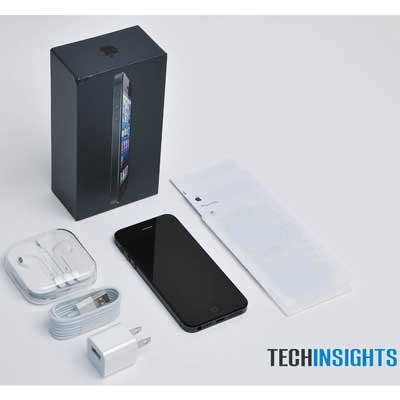
iPhone 5 Teardown
The frenzy of Apple's iPhone 5 launch last month was about par for the course -- with long lines and even a few sleepovers.
People certainly know about the iPhone 5's coolest features, but do they know what they are buying? More important, do resellers know what they are selling? The CRN Test Center answers both questions right now.
For a peek inside Apple's latest smartphone, we turned to UBM Channel sister company UBM TechInsights, which recently performed an iPhone 5 teardown, exposing its components and ease of accessibility compared with prior models. Here are some of the highlights.
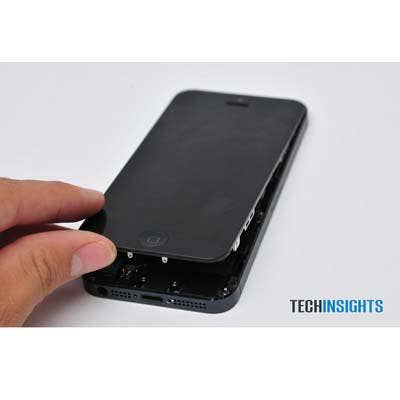
Easy-Open iPhone
Apple's most serviceable iPhone yet, the iPhone 5 comes apart with the removal of just two tiny screws. Once loosened, service techs can easily lift the glass by grabbing it with a suction cup. The sixth-generation iPhone owes its thinner profile in part to a two-layer display (instead of three). In the iPhone 5, the LCD and touch layers are combined into a single layer over which sits the durable glass. A small ribbon cable at the head of the panel attaches it to the iPhone's main board.
According to an iPhone 4/5 component-price comparison published in September by iSuppli, the new 4-inch Retina panel with in-cell touch costs $44 to manufacture, about $7 more than the 3.5-inch panel in the iPhone 4S.
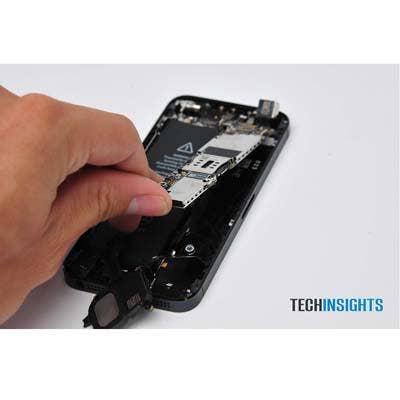
Main Module
After loosening a few more screws, the two-sided communications board is ready to be removed and detached from the display panel. This main board is where most of the action is; it contains system memory and more than 15 major circuits (detailed next).
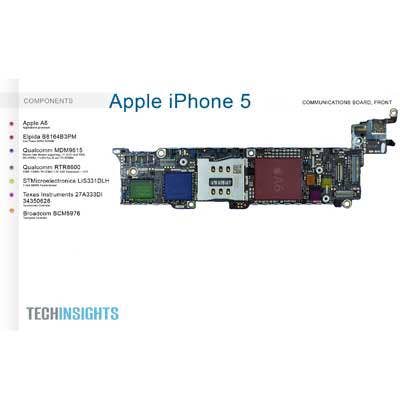
Procs And Comms
The largest component on the front side of the communications board is Apple's new A6 processor, which doubles the number of application cores (to four), yet at $17.50, it costs just $2.50 more than that of the iPhone 4S' processor. But, we'll discuss more on the A6 later. Moving left, the blue-colored part is the Qualcomm MDM9615 4G LTE radio, and the green chip next to that is Qualcomm's RTR8600 GSM/CDMA 3G part, which also handles some LTE duties. Together these two parts cost $34 compared with $23.50 for the non-LTE 4S. Other components shown include a touchscreen controller from TI (purple), Broadcom's touchpad chip (orange) and STMicroelectonics' three-axis accelerometer.
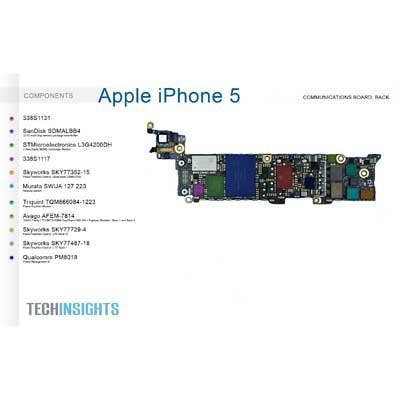
Memory And More
On TechInsights' torn-down unit, the back side of the communications module was home to a SanDisk 32-GB memory package and controller (the blue region, costing $20.80), STMicroelectronics' 3-axis gyroscope (green), Apple's Cirrus Logic audio codec chip and various other power, communications and support circuitry.
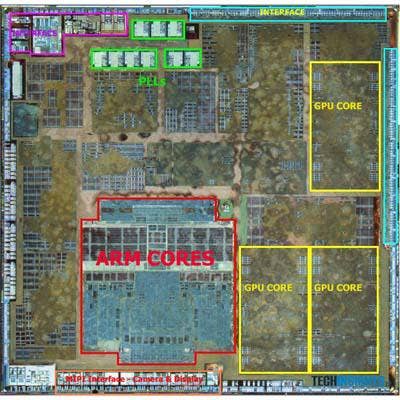
X-ray Specs
An x-ray of Apple's A6 processor reveals its four ARM Cortex A9-based cores (red) and three PowerVR GPUs (yellow) that Apple claims effectively doubles application and graphics performance from the prior model.
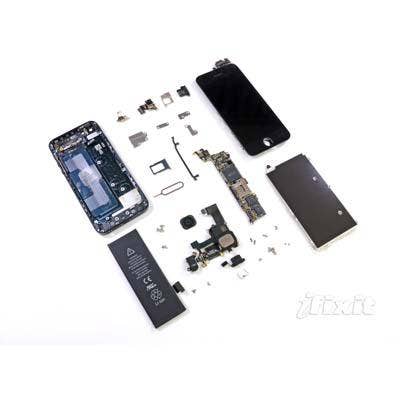
More For The Money
For a device as complex and powerful as the iPhone 5, there's really not much to it when laid bare. Despite a larger screen, a far more powerful processor and high-speed baseband communications, the iPhone 5 $207 cost for bill of materials is just $11 more than iPhone 4S. And according to iSuppli's published numbers, the manufacturing cost is identical, at $8.
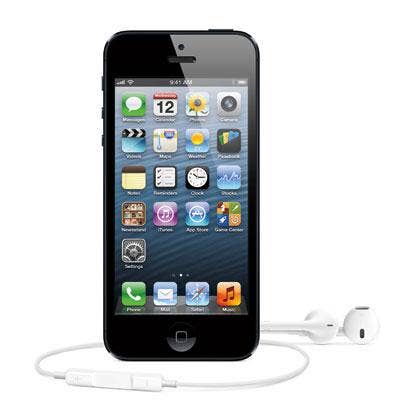
More iPhone 5 Coverage From CRN
The iPhone 5 Has Arrived:
Foxconn Says iPhone 5 Production On Schedule
Apple Issues Fix For iPhone 5 Verizon Data Bug
Safety First: 10 Cool New Cases For The iPhone 5